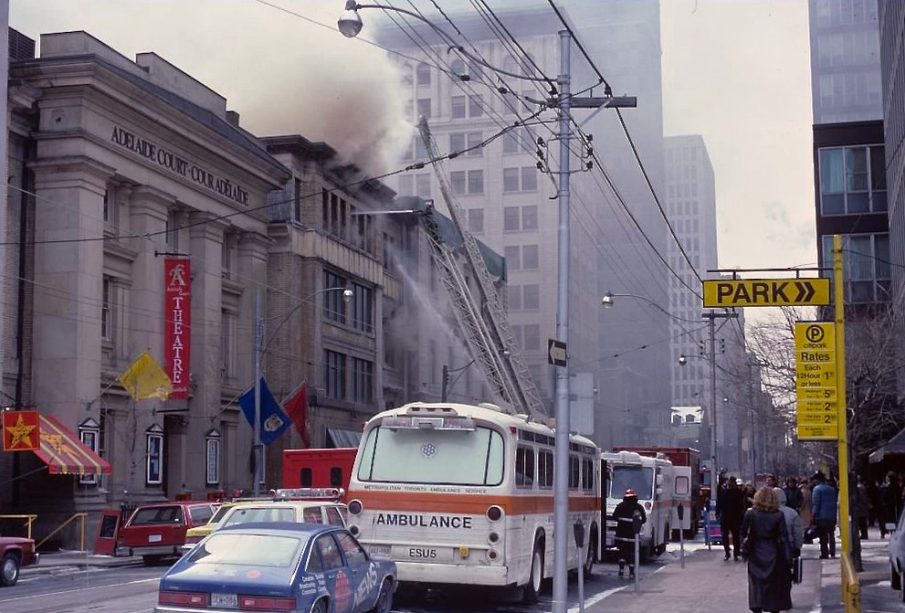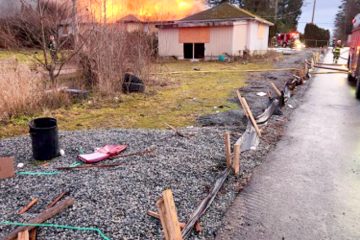Recent Fire Incidents in Toronto and Their Implications

Introduction
Fire safety remains a paramount concern in urban areas, and Toronto is no exception. Recent fire incidents have highlighted the importance of preparedness and community awareness regarding fire hazards. In 2023, Toronto has witnessed several significant fires that have prompted city officials to reassess safety protocols and readiness strategies. Understanding these events and their implications is crucial for residents to minimize risks and enhance safety in the community.
Recent Fire Incidents
Throughout October 2023, Toronto has experienced multiple fires, with notable incidents occurring in various neighborhoods. One of the most alarming events took place on October 15, when a residential building in the downtown core caught fire, resulting in four injuries and significant property damage. The Toronto Fire Services (TFS) reported that quick action by firefighters contained the fire within hours, preventing further damage to adjacent structures.
Another serious fire occurred in East York, where a local business was engulfed in flames on October 21. Fortunately, no injuries were reported, but the structural damage was estimated at several millions of dollars. Investigators from the TFS are examining the cause of both fires, emphasizing the ongoing need for fire safety education. According to TFS data, there has been a 15% increase in residential fires compared to the previous year, signaling an urgent need for enhanced public awareness.
Fire Safety Initiatives
In response to these incidents, city officials have ramped up fire safety campaigns throughout Toronto. Programs aimed at educating residents on the importance of smoke alarms, fire escape plans, and the proper use of appliances are being prioritized. TFS has rolled out community workshops that focus on proactive measures individuals and families can take to avoid fire hazards.
Moreover, the city is collaborating with various community stakeholders to foster a culture of safety. Neighborhood outreach programs are engaging with vulnerable communities to ensure all residents have access to essential fire safety resources. This includes the distribution of smoke detectors in homes lacking them, especially in areas identified as high-risk.
Conclusion
The recent fire incidents in Toronto shed light on the critical nature of fire safety in urban environments. While TFS and city officials are taking steps to enhance community education and preparedness, resident participation is essential. By remaining vigilant and informed about fire hazards, individuals can contribute to a safer Toronto. Looking ahead, ongoing collaboration between the city and community members will be vital as they work together to mitigate risks and ensure safety for all.









